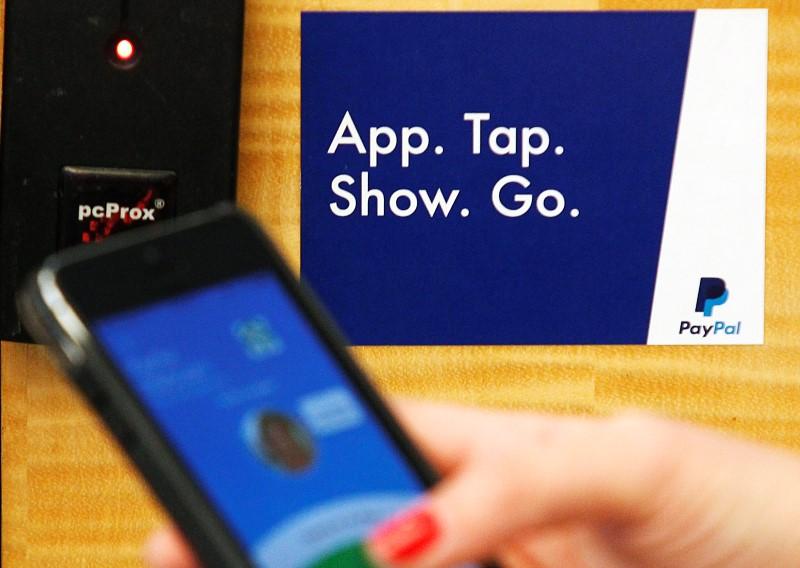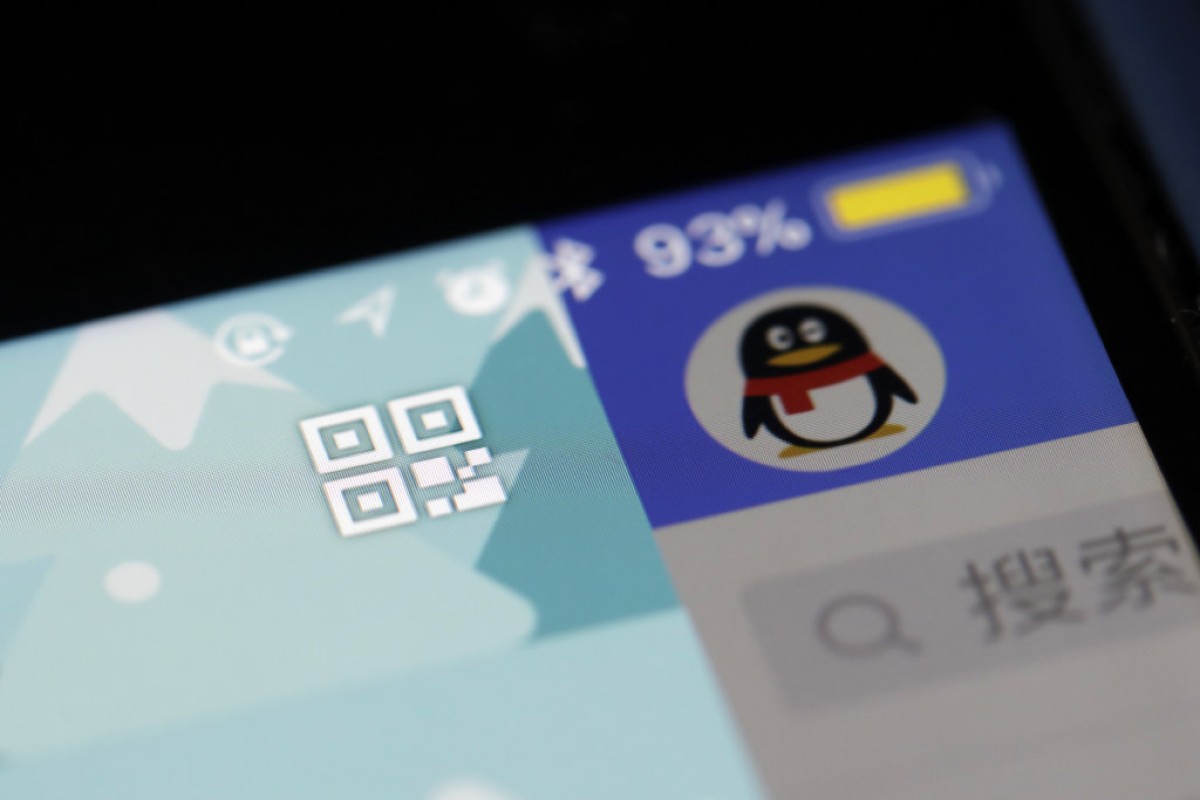
Think about ordering a taxi, buying groceries in supermarkets, buying tickets at tourist attractions, etc. With WeChat Pay enabled on their mobile phone they can easily make transaction payments anytime and anywhere. For many of these users the payment solution quickly has become part of their daily life. China did start as the world’s biggest fintech sandbox, but the regulators have reigned in the industry and are now partnered closely with the two companies, and all signs are that Alipay and WeChat Pay will be a critical part of that DCEP vision.WeChat Pay is one of the leading mobile payment solutions in China with more than 600+ MILLION ACTIVE USERS. Further, as we have seen in the past, Beijing is undoubtedly sitting on top of the tech giants to make sure they don’t get too large. In most global payment segments, such as credit cards, there are only a few payment service providers that have scaled enough to dominate the market and must markets still function well with that scenario.

As the majority of BRI funding is in Chinese Yuan, a switch to DCEP would be relatively straightforward.Ī larger role for Alipay and WeChat Pay in China could be beneficial for the financial system. Similarly, the DCEP could facilitate payments along China’s Belt and Road Initiative (BRI). Conceivably, those could all end up being points of distribution for the DCEP including for the merchants who may be happy being paid in DCEP as opposed to Euros or USD. Alipay and WeChat both have millions of merchants outside of China that accept payments on the two platforms predominantly catering to Chinese tourists abroad. We could also see the use of DCEP expand beyond China’s borders through the mobile wallets as well. Over time, the two platforms will also be critical tools for the government to accelerate China's cashless transformation. With the ubiquity of Alipay and WeChat Pay use, consumers may not see much of a difference as they will merely move from the current ‘digitized’ currency to a fully digital one.Ĭhina's financial future is digital, and Alipay and WeChat Pay will only become stronger as the payment channels of choice, especially as the DCEP starts replacing cash transactions. It is unclear yet if the PBOC will distribute DCEP through Alipay or WeChat Pay directly, but both platforms will support a DCEP wallet. The challenge is that they are destination apps insofar that you only use them when you pay, but you may be already using Alipay or WeChat Pay to book a car or order food if you can pay in the same app, why would you switch?
JINGXI WECHAT PAY CHINACHINA MORNINGPOST CODE
Even Quick Pass, Union Pay’s QR code platform, has struggled to capture much market share despite nearly every merchant in China accepting Union Pay cards. China’s domestic banks tried launching competing QR code payment solutions, but they were clunky, and merchant acceptance was low. That stickiness is part of the reason that other competing QR code platforms never really caught on. Both Alipay and WeChat are lifestyle apps that have become an integral part of Chinese popular culture, like Google GOOGL and Facebook in the United States. But WeChat is in a class by itself: It is China's only super app, used by hundreds of millions of Chinese daily to chat, bank, shop, book taxis, read news and watch videos. As payment platforms, each is equally paramount in China. The interface of Alipay and WeChat Pay is even more important than the underlying technology. Alipay itself has processed more than 120,000 transactions per second (TPS), roughly double what Visa and Mastercard MA are capable of processing.

They are well qualified for the job: Tencent’s WeChat has over a billion monthly active users, many of which are using the digital finance functions in the app. With that in mind, it is likely the two firms have also been involved in the development of China’s DCEP. To extent that they have shaken up the existing order - by launching neobanks, for instance - it has been with explicit regulatory approval. Thus, despite their reputation as disruptors, Ant Financial and Tencent often work within China's existing financial system.


 0 kommentar(er)
0 kommentar(er)
